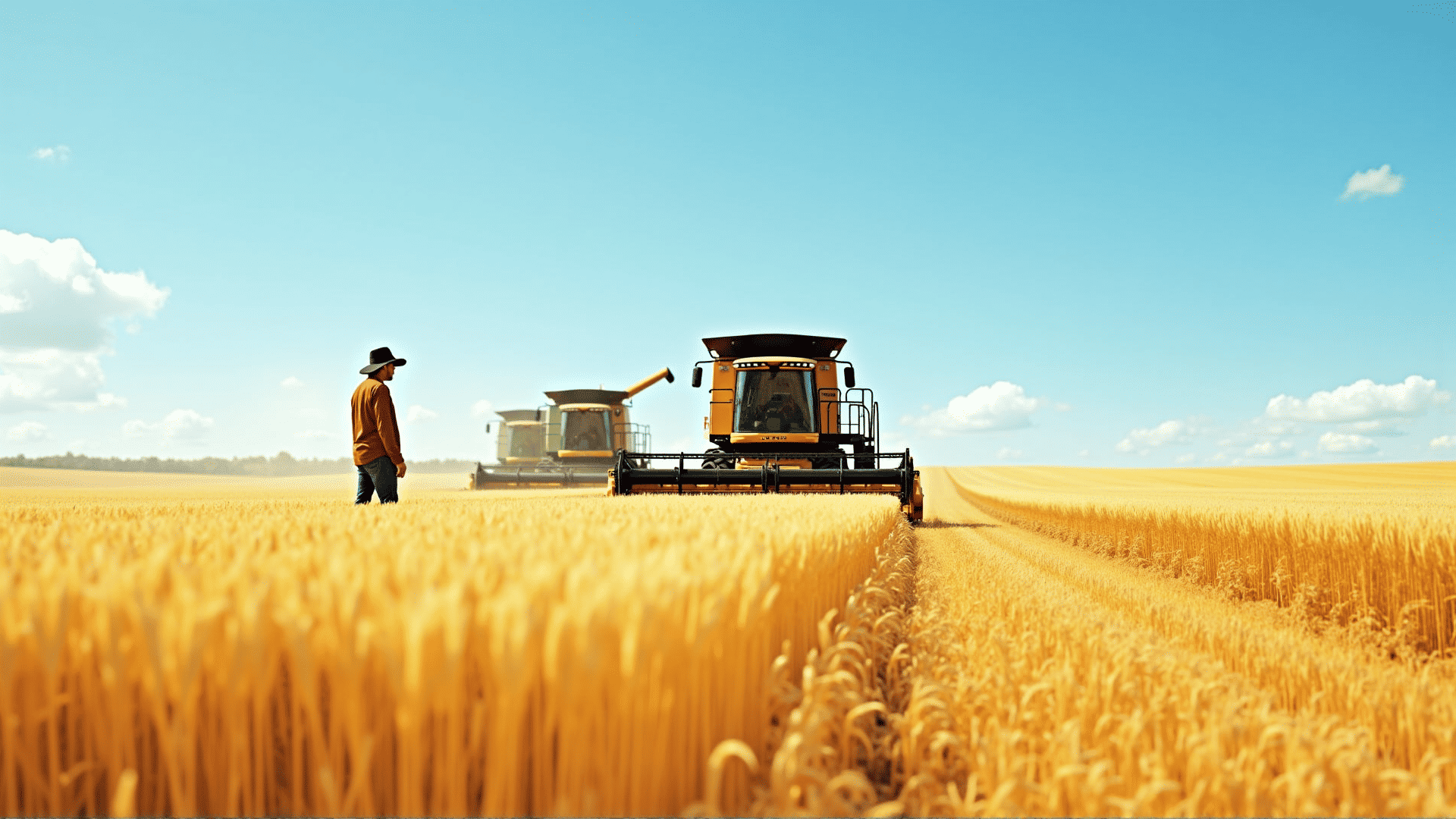As the global population continues to rise, the demand for food production is intensifying, presenting both challenges and opportunities for nations with significant agricultural potential. Canada, with its vast and fertile lands, is uniquely positioned to meet these growing needs and emerge as a leader in agricultural productivity. By investing in farming innovations and sustainable agricultural practices, Canada can capitalize on this potential, ensuring a robust future for its agricultural sector while contributing to global food security.
Canada is blessed with millions of hectares of arable land, a variety of climates suitable for different types of crops, and a heritage of farming expertise. However, to harness this potential effectively, the country needs to lean into innovations that enhance productivity, efficiency, and sustainability. Advances in technology, such as precision farming, artificial intelligence, and biotechnology, offer promising avenues for boosting yields while minimizing environmental impacts.
Precision farming, for instance, utilizes GPS technology, sensors, and data analytics to monitor and manage crops at an incredibly detailed level. By accurately analyzing soil health, weather patterns, and crop needs, farmers can make data-driven decisions that optimize resource use, reduce waste, and improve crop yields. Implementing such technologies on a wide scale could help Canada maximize agricultural output and minimize costs, benefiting both farmers and consumers.
Moreover, investing in biotechnology can lead to the development of more resilient crop varieties that are resistant to diseases, pests, and extreme weather conditions. This is critical as climate change increasingly threatens traditional agricultural practices. By developing and adopting genetically modified crops or new, hardy plant breeds, Canada can ensure more stable production levels, even under adverse conditions.
Sustainable agricultural practices also play a vital role in securing long-term productivity. Practices such as crop rotation, agroforestry, and the use of organic fertilizers not only improve soil health but also enhance biodiversity and reduce the carbon footprint of farming operations. Encouraging farmers to adopt these practices through incentives and educational programs can lead to a more sustainable agricultural model that aligns with global environmental goals.
Government policy and support are crucial in facilitating these advancements. By providing subsidies for innovation, investing in agricultural research and development, and fostering partnerships between public and private sectors, Canadian policymakers can create an environment where agricultural advancements flourish. Additionally, streamlining regulations and providing financial support can ease the transition towards more innovative and sustainable practices for smaller farms that might otherwise struggle to make such changes.
Investments in agricultural education and training programs are equally important. By equipping the next generation of farmers with the knowledge and skills needed to implement modern agricultural techniques, Canada ensures a future workforce that is adept at navigating the challenges and opportunities of 21st-century farming.
Canada's ability to capitalize on its agricultural productivity will not only strengthen its domestic economy but also position the nation as a key player in the international agricultural landscape. Through strategic investment in innovation and sustainability, Canada can lead the way in creating a more secure, efficient, and environmentally friendly agricultural sector.
In conclusion, by embracing and investing in farming innovations and sustainable practices, Canada stands poised to unlock unprecedented growth in its agricultural sector. Such a strategy will not only benefit the Canadian economy and its farming communities but will also contribute significantly to global food security—a goal that is imperative for the prosperity of future generations.
